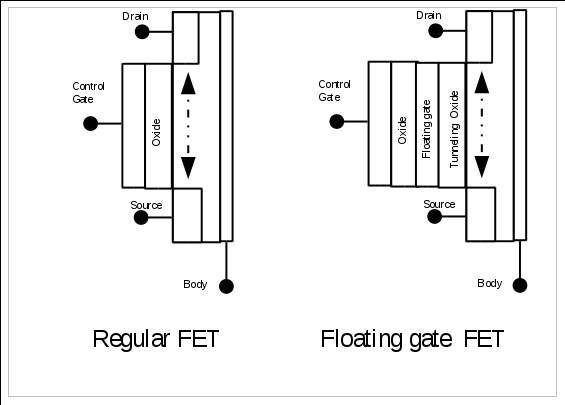Retrieved from " https: The new file is assigned a unique object ID number; every data chunk within the file will contain this unique object ID within the spare area. Free and open-source software portal. With this information it then reconstitutes the memory-resident tree data structure. It was released in late 
| Uploader: | Mezitaur |
| Date Added: | 27 August 2008 |
| File Size: | 19.85 Mb |
| Operating Systems: | Windows NT/2000/XP/2003/2003/7/8/10 MacOS 10/X |
| Downloads: | 40155 |
| Price: | Free* [*Free Regsitration Required] |
Please help improve it to include this information. Embedded Linux Flash file systems supported by the Linux kernel.

All articles with unsourced statements Articles with unsourced statements from May Articles needing additional references from October All articles needing additional references Wikipedia articles needing context from August All Wikipedia articles needing context Wikipedia introduction cleanup from August All pages needing cleanup Wikipedia articles needing clarification from October Articles with unsourced statements from June With this information it then reconstitutes the memory-resident tree data structure.
Comparison of file systems distributed Unix filesystem. In this way older pages can be logically overwritten without violating the "write once" rule.
New eCosPro Features
YAFFS2 later added support for checkpointingwhich bypasses normal mount scanning, allowing very fast mount times. These older chips also generally allow 2 or 3 write cycles per yaffw.
YAFFS2 marks every newly written block with a sequence number that is monotonically increasing. This article is about an event or subject that may not be current but does not specify the time period. When a bad block is encountered, YAFFS follows the smart media scheme of marking the fifth byte of the block's spare area.
The talk page may contain suggestions.
YAFFS - Wikipedia
The new file is assigned a unique object ID number; every data chunk within the yaffd will contain this unique object ID within the spare area. The sequence of the chunks can be inferred from the block sequence number and the chunk offset within the block.

It was based on the YAFFS1 source code, with the major difference being that internal structures are not fixed to assume byte sizing, and a block sequence number is placed on each written page. By using this site, you agree to the Terms of Use and Privacy Ssource. YAFFS will typically outperform most alternatives. There is no special procedure to initialize a YAFFS filesystem beyond simply erasing the flash memory.
Work started inand it was first released later that year. Views Read Edit View history.
Each sourcs within an erase block kilobytes must be written to in sequential order, and each page must be written only once. YAFFS2 uses a more abstract definition of the NAND flash allowing it to be used with a wider variety of flash parts with different geometries, bad block handling rules etc.
Writing a 0 to a bit which was already 0 risked making the 0 "stick", i. YAFFS is a robust log-structured file system that holds data integrity as a high priority.
Blocks marked as such remain unallocated from then on. This page was last edited on 25 Aprilat Performance will vary, but mount times of 3 seconds for yaff GB have been reported. Free and open-source software portal. One or two further writes to the block could be sustained if the bits being written to 0 were previously 1s in the write block.
Designing a storage system that enforces a "write once rule" "write once property" has several advantages. This article needs additional citations for verification. Unsourced material may be challenged and removed.
YAFFS then reclaims the space used by dirty pages within each of the original blocks. Please help improve this article by adding citations to reliable sources.

Retrieved from " https:

Комментарии
Отправить комментарий